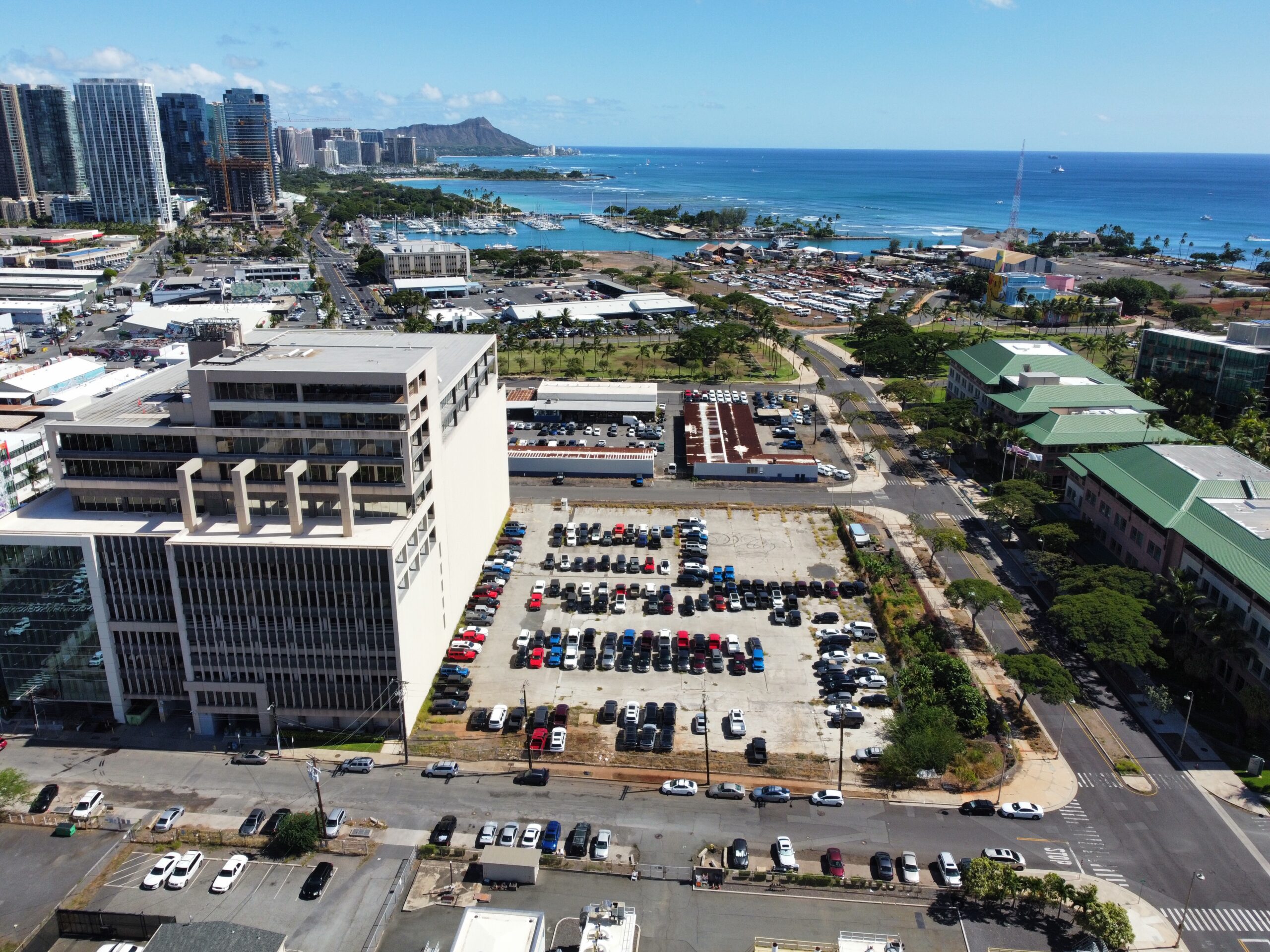By: John Webster
John Webster is a former IBM and KPMG executive and a retired professor of entrepreneurship at Chaminade University.
Sunday’s Star-Advertiser provided extensive coverage of the Office of Hawaiian Affairs’ (OHA) Hakuone initiative, which is seeking legislation through Senate Bill 736. The aim of the bill is to revisit the 2012 state agreement transferring land rights of nine parcels at Kakaako Makai to OHA in partial restitution for certain ceded land revenue claims.
The battle has clearly begun — with legislators, former government leaders, the newspaper’s editorial writers and columnists, and all manner of advocacy interests weighing in. All of this on a day when many thought the Super Bowl would provide most of the combativeness needed for one day.
In his commentary, former Gov. Neil Abercrombie bristled over an OHA executive’s reported assertion that Native Hawaiians were swindled in the 2012 settlement (“OHA helped drive 2012 deal, so build on solid foundation,” Island Voices). And columnist Richard Borecca lamented that the OHA bill would “plow up the Kakaako Makai land, putting view destroying condos along the shoreline” (“Good public planning for waterfront must prevail,” On Politics).
As with the Super Bowl, there is a time to lower the rhetoric and simply act. For OHA, that time appears to be now.
I’m a “settler,” who loves this wonderful Hawaiian place and like countless others, simply want to see justice restored to the indigenous people of this wonderful state. The Kakaako Makai OHA parcels are significant steps in that direction — but not if OHA’s hands are unduly tied with regard to its usage of their land.
In listening to OHA’s testimony and in reading its statement of intentions, even in the face of long legitimate grievances, it clearly is not claiming to have been “swindled.” It, in fact, acknowledges and appreciates the genuine attempts made by Gov. Abercrombie when addressing its 2012 interests. But OHA officials argue that much has changed in the decade that followed. The land value of their parcels and the deferred state maintenance of their shoreline makes that 2012 deal look very inadequate during this time when low-income housing (one of their principal objectives) is desperately needed.
OHA does have a master plan for Hakuone and it does not include “plowing up” the land. Of the nine parcels of Kakaako Makai land, it proposes only the three closest to Ala Moana Boulevard for condominium development.
These would not be constructed near the shoreline, and would be positioned to maximize view corridors. They would not obstruct general pedestrian views of the sea (but might possibly be seen from some in the very expensive condos along Ala Moana’s ultra-expensive corridor).
The Hakuone master plan includes a broad shoreline promenade and more than 10 public access points for users of the water. It even includes 3,600 parking spaces.
It is often asserted by other interests and some legislators that OHA should be treated like any other developer. But, as Sunday’s Star Advertiser editorial points out (“Weigh options for Kakaako Makai,” Our View): “OHA is not a standard, private development agency. It is an agency enshrined in the Constitution more than 40 years ago as a trust to manage Native Hawaiian’s share of income from the state’s ceded lands — the former Hawaiian Kingdom government and crown lands.”
So it’s time to lower the rhetoric and carefully review OHA’s plans in a manner that gives adequate consideration to the uniqueness of its legal standing in proposing the Hakuone initiative.

